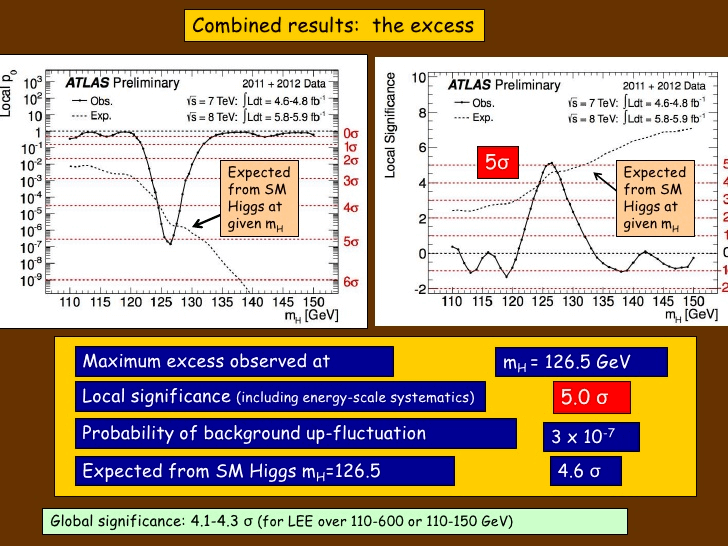The requirement might be for something surface level and simple to suit a consumer who will only want the basics.
"What is the level of captivation?" Will they be interested at all, will they require some persuasion? Do you care if they aren't interested - you just need to get the point across?

But also consider the setting. Bart is about to go skateboarding here so he has:
- limited attention-span
- time pressures
- a shortage of patience
- no scope for time to ‘work things out’ for himself so you have to spell it out
Or this might be a more deep thinking and thoughtful consumer who will need more detail.

Lisa is all set to sit down and study, so there is:
- scope for more exploration
- the setting is not as high-pressured or time bound
- Lisa has a desire to dive into the detail of the subject so there is scope to try different things.
So is it Bart or Lisa you are designing for? It may be that you can layer the information to work for both Bart and Lisa - we’ll come onto that in the Design section.
